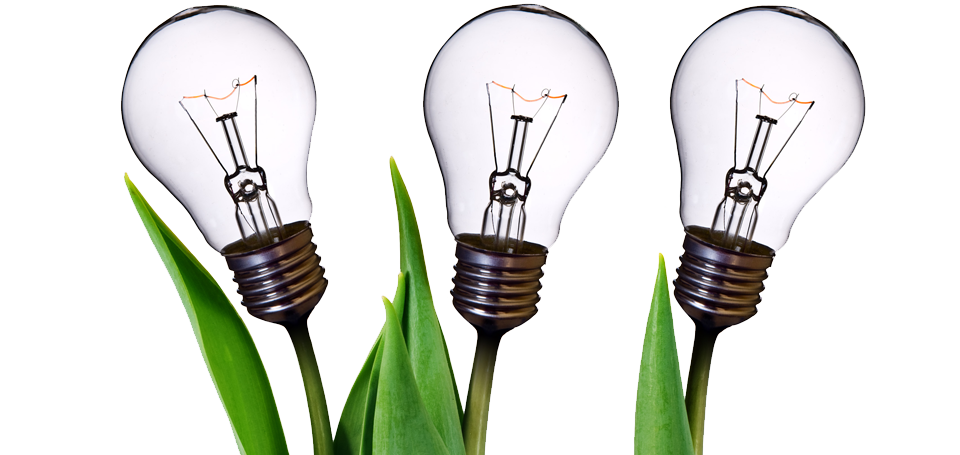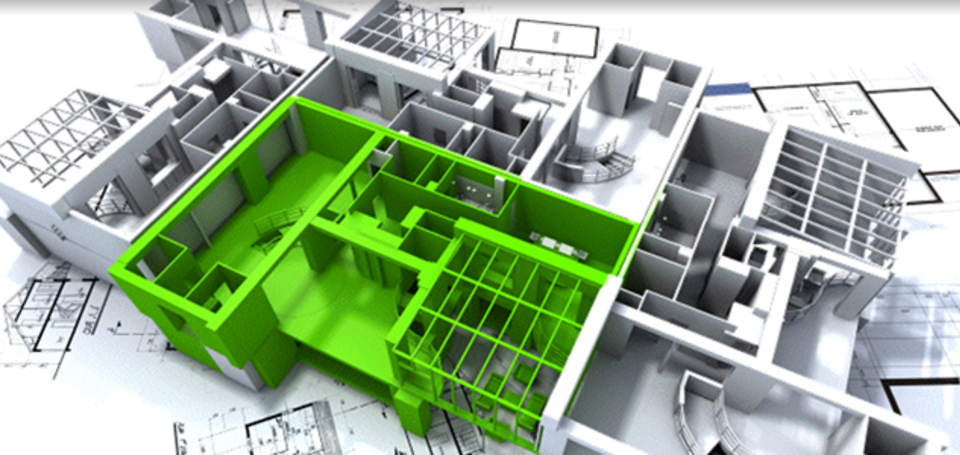-
 an advisory and management services boutique
an advisory and management services boutique -
 focusing on the green investment prospect
focusing on the green investment prospect -
 to reveal the hidden value
to reveal the hidden value -
 in real estate and urban infrastructure
in real estate and urban infrastructure -
 through efficient and sustainable use of resources
through efficient and sustainable use of resources
European Commission proposes a higher energy savings target for 2030. The proposed target goes beyond the 25% energy savings target which would be required to achieve a 40% reduction of CO2 emissions by 2030.
The proposed target goes beyond the 25% energy savings target which would be required to achieve a 40% reduction of CO2 emissions by 2030. At the same time the framework on energy efficiency put forward today aims to strike the right balance between benefits and costs.
Günther H. Oettinger, Vice-President of the EU Commission responsible for energy said: "Our proposal is the basis to drive the EU towards increased security of supply, innovation and sustainability, all in an affordable way. It is ambitious and at the same time it is realistic. The energy efficiency strategy will complete the 2030 framework on energy and climate which has been presented in January 2014. Our aim is to give the right signal to the market and encourage further investments in energy saving technologies to the benefit of businesses, consumers and the environment."
The Communication on energy efficiency and its contribution to energy security and the 2030 framework presented today also reviews progress towards the European Union's 20% energy efficiency target for 2020. The EU is currently forecast to achieve energy savings of 18-19% in 2020; however, the agreed target of 20% can be reached if all EU countries fully implement the already agreed legislation. The Commission does not intend to propose new measures, but calls on the Member States to step up their efforts to ensure collective delivery of the 2020 target.
Benefits of current energy efficiency policies
Among the proven advantages for business and consumers are, for instance:
- Energy intensity in EU industry has decreased by almost 19% between 2001 and 2011.
- More efficient appliances like refrigerators and washing machines are expected to save consumers €100 billion annually – about €465 per household – on their energy bills by 2020.
- New buildings consume half as much energy today as they did in the 1980s.
Long-term benefits
The Communication also explores the positive impacts of energy efficiency on the lives of Europeans over the next sixteen years:
- For every additional 1 percent in energy savings, EU gas imports are expected to fall by 2.6%, decreasing our dependence on external suppliers.
- More energy efficient buildings will offer 'ancillary benefits' to people who live and work in them in addition to reducing their energy bills. For example, better windows can provide for increased air quality and protection from external noise.
- Energy efficiency policies will create new opportunities for European businesses such as construction firms and equipment manufacturers. In line with this, new local jobs are created.
What's next?
As the Communication announces, the European Commission will review progress on energy efficiency in 2017. It will explore the question whether additional indicators should be used to express and monitor progress towards the energy efficiency target. This could be indicators, such as energy intensity, which better take account of underlying changes in and projections for GDP and population growth.
Background
The Energy Efficiency Directive (2012/27/EU) introduces binding measures to ensure the target of increasing energy efficiency by 20% by 2020 can be achieved. This target is part of the EU's wider 2020 energy and climate goals, including a 20% reduction in greenhouse gas emissions and a 20% share in renewables in the EU energy mix..
For further information





